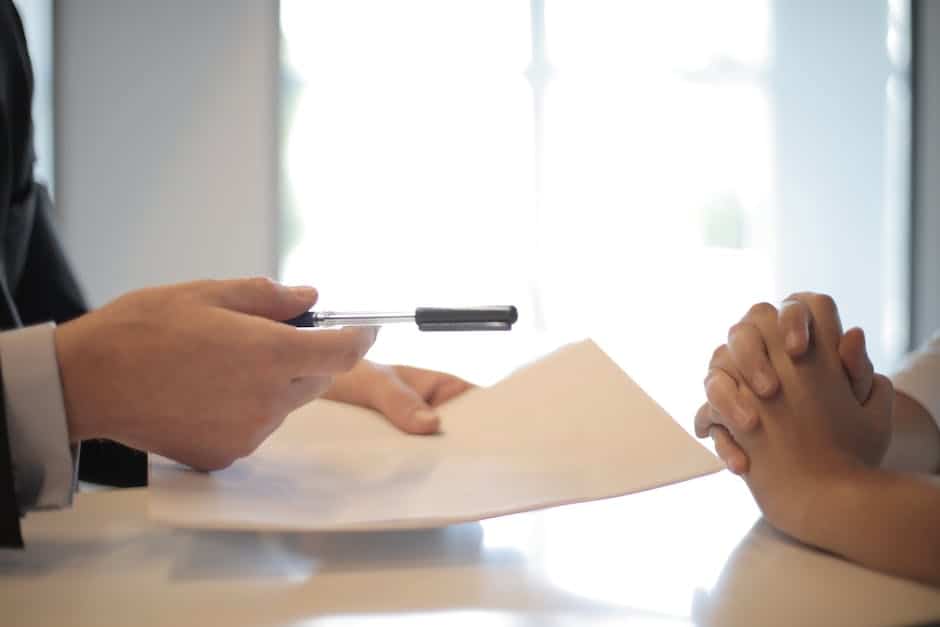A confirmation bias meme is when someone shares a meme that supports their beliefs, without considering if it is actually true. This can be a dangerous thing, because people can believe false information if they see it repeated enough. Be careful of what you share, and make sure to check the source!
A confirmation bias meme is a meme that is designed to reinforce a person’s existing beliefs. It is often used to make fun of people who hold on to their beliefs despite evidence to the contrary.
What is an example of confirmation bias?
Confirmation bias is the tendency for people to seek out information that supports their existing beliefs and to dismiss information that contradicts those beliefs. This can lead people to hold onto false beliefs even in the face of strong evidence to the contrary.
Confirmation bias is a cognitive bias that leads people to seek out or interpret information in a way that confirms their existing beliefs or hypotheses. There are two main types of confirmation bias: biased search for information and biased interpretation.
What confirmation bias means
Confirmation bias is a type of mistake that occurs in thinking when information that confirms a pre-existing belief is given priority over information that does not support a preexisting belief. Informally, confirmation bias is sometimes referred to as wishful thinking.
Confirmation bias can lead people to ignore evidence that contradicts their beliefs and to seek out evidence that supports their beliefs. This can lead to people making bad decisions, because they are not considering all of the evidence.
Confirmation bias is a problem because it can lead to people holding onto false beliefs, even when there is evidence that contradicts those beliefs. It is important to be aware of confirmation bias, so that you can try to avoid it.
Confirmation bias can be problematic in interpersonal relations because it may lead to forming inaccurate and biased impressions of others. This may result in miscommunication and conflict in intergroup settings.
What are the 5 examples of bias?
Reducing your unconscious bias is important in order to create a more inclusive and diverse environment. Learning about the five largest types of bias can help you become more aware of your own biases and take steps to reduce them. Similarity bias means that we often prefer things that are like us over things that are different than us. This can lead to exclusion of people who are not like us. Experience bias occurs when we give more weight to our own experiences and perspective, and less weight to the experiences and perspectives of others. This can lead to us making decisions based on our own biases rather than what is best for everyone. Distance bias is when we judge people who are different from us more harshly than those who are like us. This can lead to discrimination against people who are different from us. Safety bias is when we prefer to stick with what is familiar to us rather than taking risks. This can lead to us missing out on new opportunities. By becoming aware of these biases, we can take steps to reduce them and create a more inclusive environment for everyone.
Confirmation bias, also known as myside bias, refers to the tendency to process information in a way that confirms one’s preexisting beliefs or hypotheses. This bias can lead to distorted decision-making, as people are more likely to seek out information that supports their existing beliefs and to discount information that contradicts them. While confirmation bias is a natural phenomenon, it can have negative consequences, such as causing people to hold on to false beliefs even in the face of evidence to the contrary.
What are the 7 forms of bias?
There are seven forms of bias: invisibility, stereotyping, imbalance and selectivity, unreality, fragmentation and isolation, linguistic bias, and cosmetic bias.
Invisibility occurs when people are not aware of the existence of certain groups of people. For example, women are often invisible in the workplace.
Stereotyping occurs when people assume that all members of a group are the same. For example, all women are often assumed to be weak and emotional.
Imbalance and selectivity occurs when people give more attention to one group of people than another. For example, the media often pays more attention to the lives of celebrities than to the lives of ordinary people.
Unreality occurs when people believe that their own views are the only correct ones. For example, some people may believe that there is only one correct way to live.
Fragmentation and isolation occurs when people are divided into groups and each group is cut off from the others. For example, people may be divided into racial or ethnic groups.
Linguistic bias occurs when people use language that is biased against certain groups of people. For example, the use of the word “girl” to refer to a young woman is often seen as
Falsification bias is the opposite of confirmation bias. It means you actively look for evidence which disproves your point of view rather than confirms it. Using this bias is a good way to counter confirmation bias.
What triggers confirmation bias
Confirmation bias is a cognitive bias that occurs when people allow their desires to influence their beliefs. When people would like a certain idea or concept to be true, they end up believing it to be true. They are motivated by wishful thinking.
People tend to confirm their previously held beliefs and disregard evidence that does not conform. This is known as confirmation bias. It can lead people to ignore new information that contradicts their mental models.
How do you break confirmation bias?
Confirmation bias is when you unconsciously focus on ideas that match what you already believe. Possible reasons for this include wishful thinking, anxiety, info overload, and the need to protect yourself. To overcome confirmation bias, try digging deeper for facts, using neutral language, and talking to a therapist.
One of the most important things to remember when trying to avoid confirmation bias is that it is important to listen to all sides of an argument and to carefully consider all evidence before coming to a conclusion. It is very easy to fall into the trap of only looking for information that supports our own beliefs, but it is essential to be open-minded and to try to see all sides of the issue in order to make the best decision.
Is confirmation bias an ethical issue
Confirmation bias is a dangerous thing because it can lead us to inaccurate or unethical conclusions. It’s important to be aware of our own confirmation bias and to actively guard against it by being open to evidence that goes against our beliefs and theories.
Cognitive biases can have a significant impact on the decisions made by search committees during the hiring process. Some of the most common cognitive biases that can influence these decisions include anchoring bias, availability bias, bandwagon effect, choice-supportive bias, confirmation bias, and fundamental attribution error. These biases can often lead to search committees making suboptimal decisions when choosing candidates for open positions. It is important for search committees to be aware of these cognitive biases and try to avoid them when making hiring decisions.
What are the 4 behavioral biases?
Overconfidence:
One of the most common behavioral biases is overconfidence. Overconfidence occurs when people overestimate their abilities or the likelihood of a positive outcome. This can lead to people taking on too much risk or making poor decisions.
To avoid overconfidence, it’s important to be aware of your own limitations and to seek out multiple perspectives on a decision. It’s also helpful to have a healthy dose of self-doubt and to question your assumptions.
Regret:
Another common behavioral bias is regret. Regret occurs when people second-guess themselves or when they have negative feelings about a decision they’ve made. This can lead to people making suboptimal decisions in an attempt to avoid regret.
To avoid regret, it’s important to be confident in your decisions and to accept that there is always some uncertainty involved. It’s also helpful to remember that you can’t control everything and that sometimes things will just happen.
Limited Attention Span:
A third behavioral bias is limited attention span. This occurs when people have a short-term focus and are only able to pay attention to a limited number of things. This can lead to people missing important
There are four main types of bias that can affect your decision making: survivorship bias, confirmation bias, framing bias, and groupthink.
Survivorship bias is when you focus on the success stories and ignore the failures. This can lead you to believe that something is more successful than it actually is.
Confirmation bias is when you only look for information that supports your pre-existing beliefs. This can lead you to ignore evidence that contradicts your beliefs.
Framing bias is when you interpret information based on how it is presented to you. This can lead you to make different decisions depending on how the same information is framed.
Groupthink is when you conform to the beliefs of the group you are in. This can lead you to make decisions that are not in your best interest.
Final Words
A confirmation bias meme is a meme that is created in order to confirm one’s own beliefs.
Confirmation bias is a common occurrence in our everyday lives. We often seek out information that supports our existing beliefs and ignore information that contradicts them. This phenomenon is known as confirmation bias.
Confirmation bias can have a number of negative consequences. It can lead us to make poor decisions, it can cause us to miss out on new and valuable information, and it can prevent us from changing our minds even when we should.
Fortunately, there are ways to overcome confirmation bias. By become more aware of our own biases, we can attempt to seek out alternative viewpoints and consider all of the evidence before making a decision.


